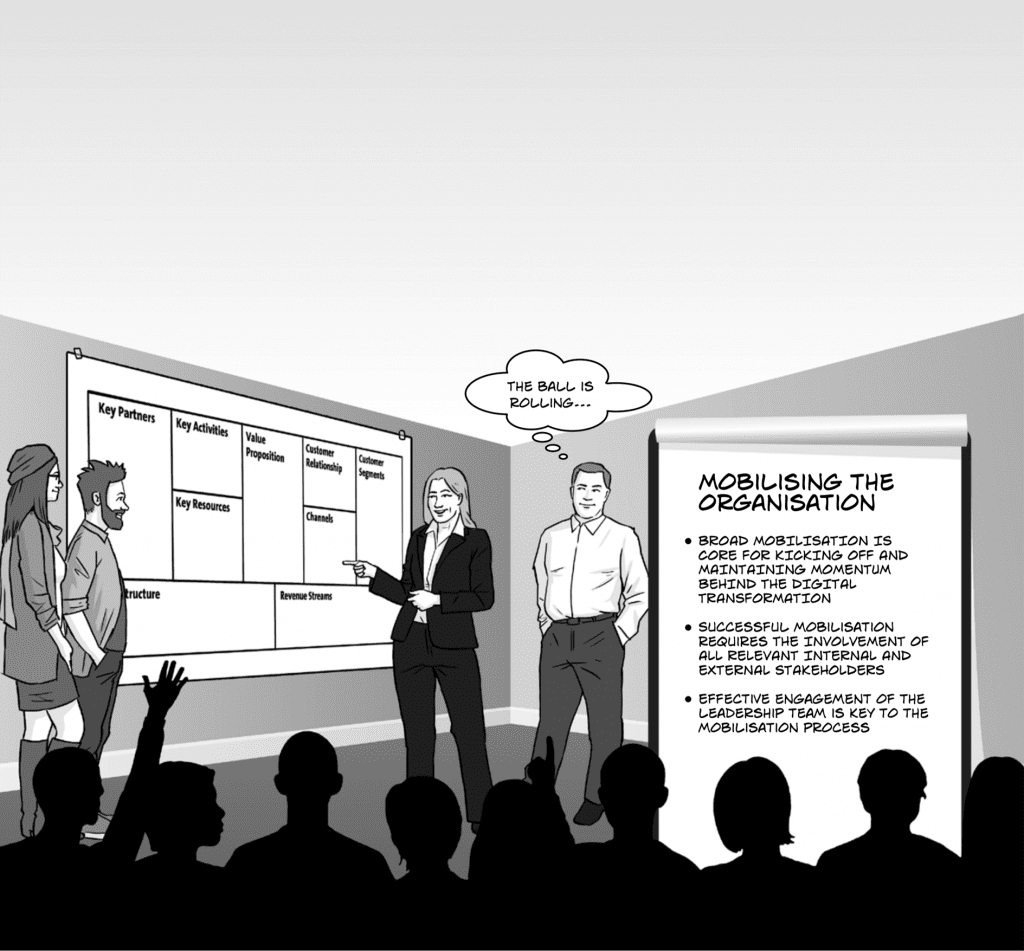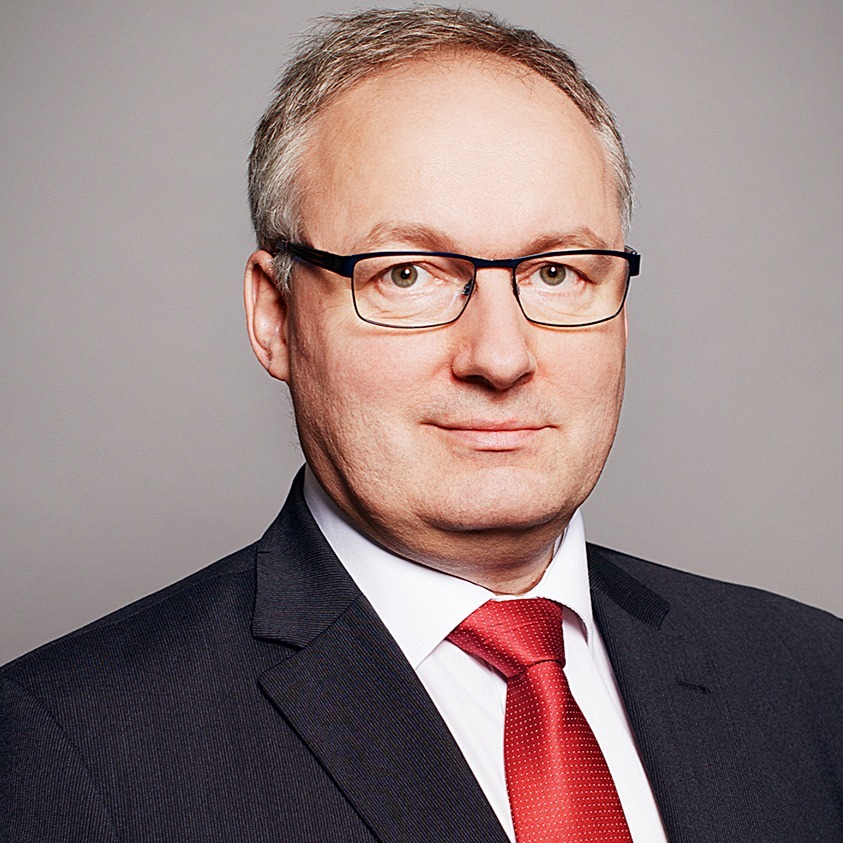The term ‘mobilisation’ was first used around 1850 to describe the preparation of the Prussian Army for deployment.[1]
‘Mobilisation is the process of assembling and organising troops, material, and equipment for active military service in time of war or national emergency. As such, it brings together the military and civilian sectors of society to harness the total power of the nation. It is the mechanism that facilitates successful prosecution of any conflict […]’
Nations, kingdoms and dynasties have been mobilising the military for millennia, often including large numbers of personnel and a wide variety of logistics support. Military mobilisation by the US during World War II was one of the largest and best-organised in the history of warfare. This was a multi-year effort guided by carefully crafted policies and enabled by a set of suitably authorised government agencies, which not only focused on the military components but also on supporting civilian sectors to achieve that mobilisation. It is noteworthy that advances in transport (e.g., railways) and telecommunications (which started with telegraphs) were among the key accelerators of military mobilisation as enablers of resource availability and communication.[2],[3]
Although the concept of mobilisation started in a military context, over time the term and idea have also been used in civilian contexts, both in the public and private sectors, to summarise major organisational campaign activities such as programme management, focused training/learning paths and strategies for scaling (e.g., selective, partial, full or total mobilisation). Mobilisation is typically spearheaded by an organisation’s leadership and executed through appropriate delegation; proper mobilisation of the organisation is a critical success factor for the mission of digital transformation. As discussed earlier in this book, digital transformation is a dramatic change for the enterprise. A comparison with preparation for war is perhaps appropriate here due to its potentially enormous impact (win or lose the war vs. survive and prosper in the digital era). In addition, the first step of mobilising is ‘creating a sense of urgency’.
The overall act of mobilisation can be viewed in two distinct phases: planning and organising, and executing.
In the first phase, activities focus on aligning the driving forces of the campaign, organising audience-specific messages and communication channels, securing leadership and supporter commitment, planning the enablement of employees and involvement of partners and customers, and earmarking the resources needed to run the campaign. In the second phase, activities focus on active and multi-channel communications, training and deployment of resources, initiating critical projects, and quickly turning one-off learning into methods for scaling up. In the parlance of this book, launching a digital transformation includes most of the activities associated with making it happen. Also recognise that mobilisation is needed both when kicking off the transformation and then to maintain momentum as the transformation scope is altered or widened according to internal plans and market conditions.

When mobilisation requires an organisation to alter some of its old ways of working or adopt a certain new culture or range of activities, it usually becomes much harder to conceive and execute.
Change management then becomes an integral part of mobilisation. Alarmingly, management research shows that only about a third of such efforts actually succeed.[4] So, what are the key aspects to focus on when planning and executing mobilisation for digital transformation? Based on guidance in the literature[5],[6] and experiences of this book’s authors, it may be best captured using a comprehensive transformation framework such as that outlined in this book or similar frameworks such as the ‘five-frames’ transformation approach from McKinsey.[7]
McKinsey’s five frames comprise the following, which aim to help organisations get it right:
- Aspire: Establish and communicate compelling, competitive, realistic and clear targets with respect to the change resulting from the transformation and its business benefits.
- Assess: Achieve a clear understanding of the current state of the organisation regarding its culture, skills and change readiness vis-à-vis what is needed to drive and complete the transformation.
- Architect: Design a transformation roadmap, culture and skill development initiatives to modernise IT technologies and practices (e.g., the bimodal strategy), set up close business–IT collaboration and install a governance framework appropriate to the organisation.
- Act: Initiate and execute ‘quick-win’ pilots, make learning visible, and then leverage it to scale up (linearly or geometrically as appropriate) using enterprise-wide programmes.
- Advance: Make initial transformation successes stick by continual infusions of innovation, improvement and investment
Large-scale mobilisations, as enterprise-level digital transformations will be, need proper involvement of employees from all levels, as well as revised relationships with all the relevant components of the enterprise’s ecosystem (e.g., partners, suppliers and distributors).
Tools and tactics, such as pervasive communication, setting of personal targets, monetary and non-monetary incentives and promotion of transformation-related actions and benefits through practical examples, if applied properly, can be powerful in executing the mobilisation.
Evidence shows that the style and strength of leadership engagement is critical to the success of mobilisation for digital transformation, particularly because for ‘not-born-digital’ companies such a transformation can sometimes be confusing.[8],[9] It is also worth noting here that high ‘organisational agility’ is a key accelerator for digital transformation, hence a key aspect of the related mobilisation.[10] The speed of transformation is also very critical in the digital realm, where competitive forces rise fast and sometimes from completely unexpected sources.
_____
[1] The Oxford Companion to American Military History: ‘Mobilization’, ecyclopedia.com, 2000.
[2] Onorato, M. G., Scheve, K., Stasavage, D.: ‘Technology and the Era of Mass Army’, The Journal of Economic History, Vol. 74, Iss. 2, 2014.
[3] Wolff, J. D.: ‘Western Union and the Creation of the American Corporate Order, 1845–1893’, Cambridge University Press, 2015.
[4] Basford, T. , Schauninger, B., Viruleg, E.: ‘McKinsey Global Survey Results: The science of organizational transformations’, McKinsey, 2014.
[5] Harshak, A., Aguirre, D., Brown, A.: ‘Making Change Happen, and Making It Stick’, strategy+business, 2010.
[6] Eisenstat, R., Spector, B., Beer, M.: ‘Why Change Programs Don’t Produce Change’, Harvard Business Review, 1990.
[7] Blackburn, S., Ryerson, S., Weiss L., Wilson, S., Wood, C.: ‘How do I implement complex change at scale?’, McKinsey Quarterly, 2010.
[8] Basford, T., Schauninger, B., Viruleg, E.: ‘McKinsey Global Survey Results: The science of organizational transformations’, McKinsey, 2014.
[9] Li, C.: ‘The Engaged Leader: A Strategy for Your Digital Transformation’, Wharton Digital Press, 2015.
[10] Price, C., Toye, S., Hillar, R. and Turnbull, D.: ‘Accelerating Performance’, Hendrik and Struggles, 2017.



